Falling in Love with Filipino Food
From sizzling sisig to sweet halo-halo, Filipino cuisine offers a unique blend of cultures and an exciting culinary adventure.
Published:
My first encounter with Filipino food was in South Korea. As a foodie, I had to check it out. Some friends and I walked in, greeted cheerfully by the owner. The restaurant was busy, with many people bustling in for dinner, it was clearly a popular choice. There was the sound of music and loud karaoke ringing up the stairs that led to another section of the restaurant. It was loud and chaotic, and I loved it.
One of our friends, better acquainted with the cuisine, recommended pancit canton (noodles), lechon kawali (fried pork), and lumpia (spring rolls). At first glance, the dishes were quite similar to other Asian dishes, but one bite and the difference was clear. The noodles burst with citrusy lime and savory notes, while the pork crackled with a minty lemongrass tang. The lumpia was more tightly packed with meat and veggies making it crispier than other spring rolls I’d tried. This was definitely something unique.
During my journeys in Asia, I met my Filipina wife. A trip with her to the Philippines solidified my love for this cuisine - it may have even been a deciding factor in our marriage!
So, What IS Filipino Food?
Honestly answering the question of what makes Filipino food is delightfully complex. As a trading hub, Filipino food and culture blended various aspects of neighboring Asian countries with Arab influences. Eventual colonization from Spain blended the culture even further into something noticeably unique.
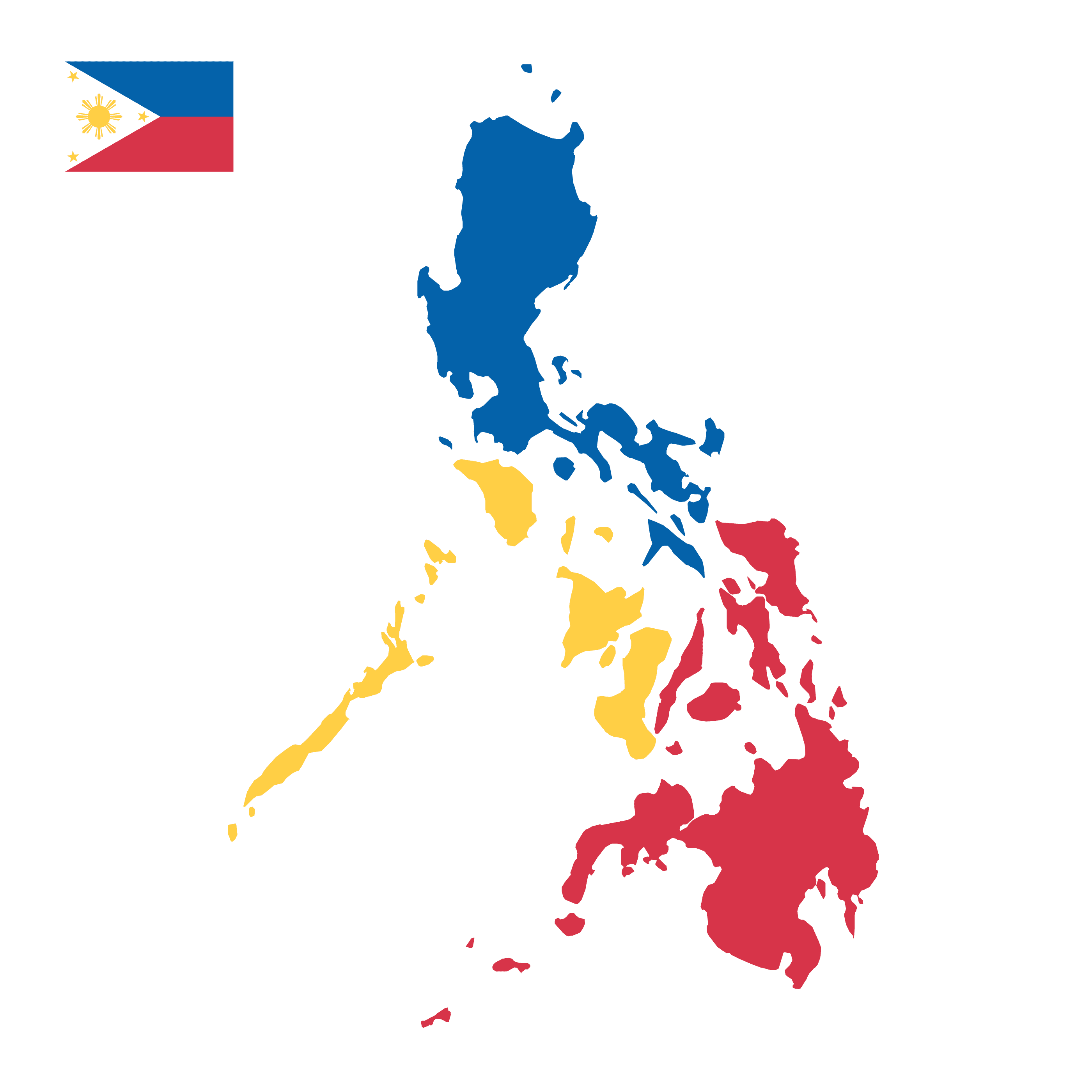
Being a group of islands, communities were separated by both ocean and jungles which further differentiated regional languages and food into more distinct styles. A dish of the same name may be sweet in one region, while being more spicy or savory in others. Even dishes with Spanish inspired names or seasonings, such as chorizo, menudo, and empanadas, have their own Filipino twists and bear little resemblance to similar named dishes in other Spanish speaking countries.
Due to limited land for grazing, the most common farm animals tend to be pork and chicken, combined with an abundance of seafood. These three meat become the staples and are mixed with locally available ingredients like tropical plants and fruits to make bold, savory, and often sour dishes.
It would be impossible to completely define Filipino cuisine and its complexity in a single article. However, to illustrate the differences in dishes here are a few iconic dishes:
Pancit Canton/Bihon: Pancit is an umbrella name used for a variety of noodle dishes in the Philippines. Pancit dishes typically have various vegetables, meat and often eggs depending on the region. Typically they are stir fried with savory sauces like soy sauce, fish sauce and oyster sauce with some citrus additives like lemon or lime (Calamansi natively). There are many types and styles of pancit, but the most common outside the Philippines are Canton and Bihon which refer to the type of noodles: canton being thicker chinese style egg noodles, and bihon being vermicelli (rice) noodles.
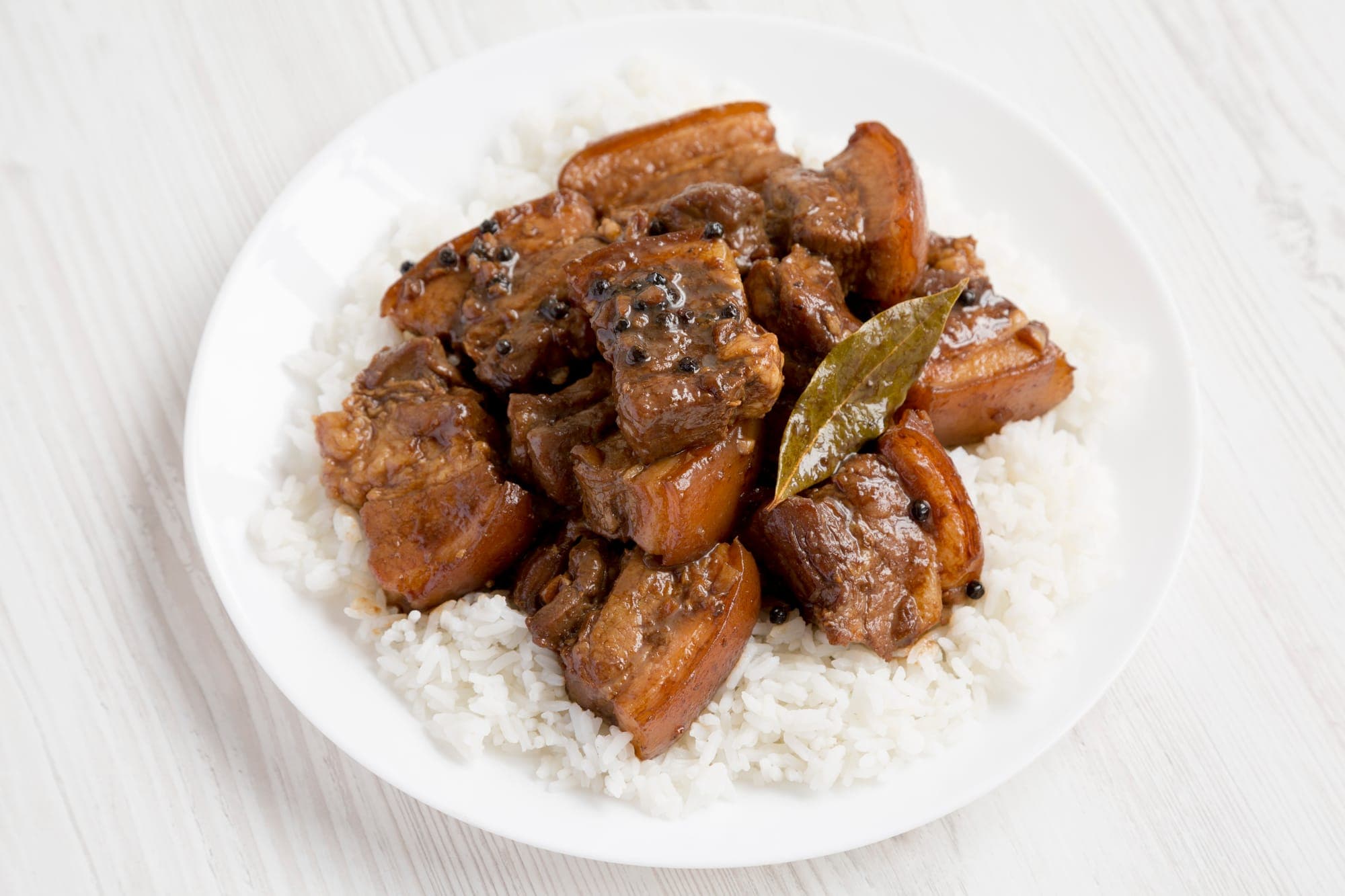
Adobo: Originally a dish of Spanish influence to describe food marinated in vinegar, Filipino adobo has morphed into a dish of its own. Adobo also has regional variance, but the common dish mixes vinegar with soy sauce, fish sauce, garlic, and other local ingredients or spices as a marinade for different meat like chicken, pork, or fish. The savory dish is served over rice.
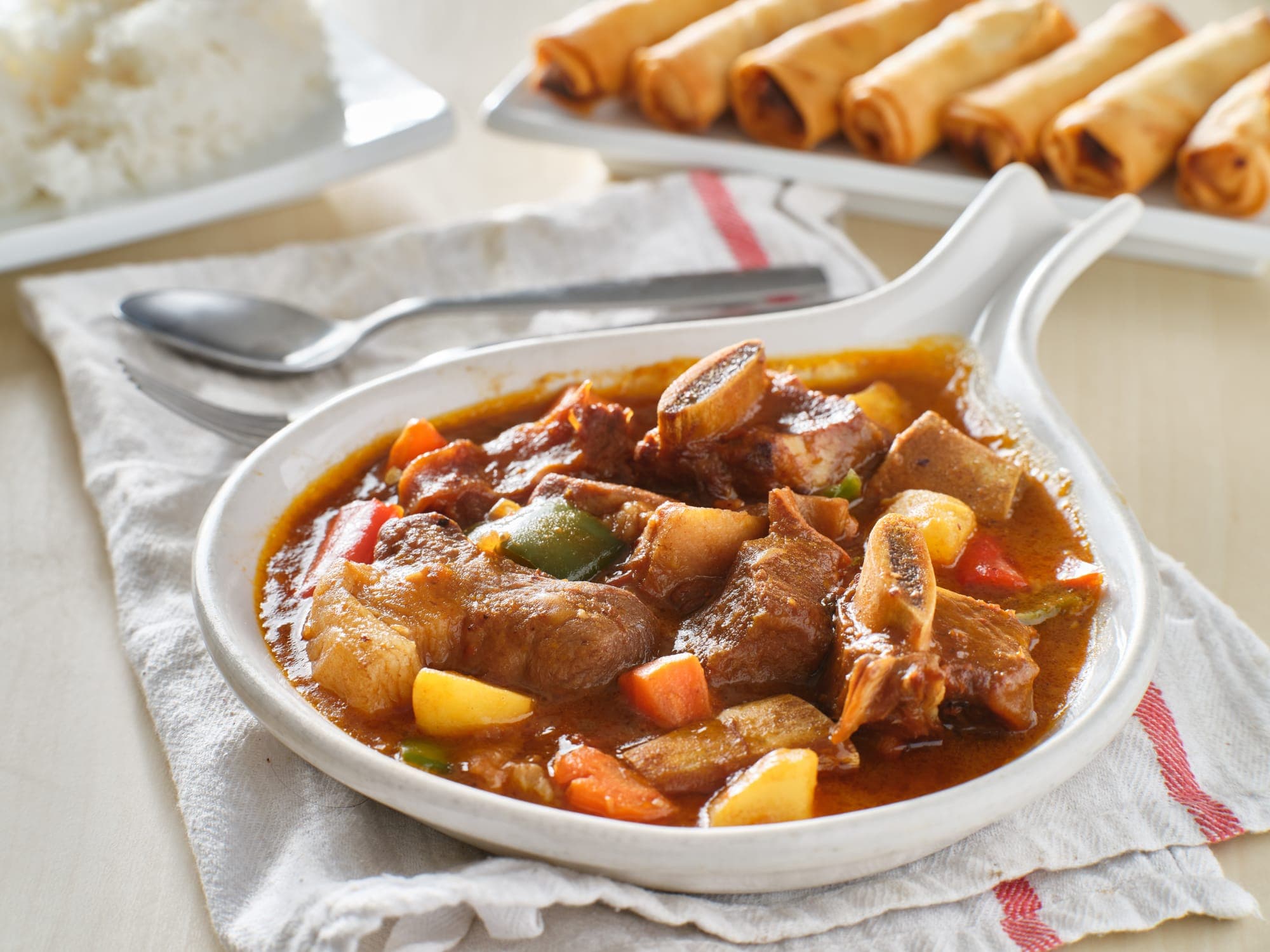
Menudo/Kaldereta/Afritada: These three dishes can be more or less distinct depending on the region. Some areas of the Philippines have very different recipes for each, and some may use the names interchangeably which adds to the confusion. The dishes commonly tend to be tomato sauce-based dishes with potatoes and carrots with most of the differences being in the meat selection: Menudo using pork and liver, Afritada typically using either chicken or pork with lighter sauce, and Kaldereta typically using beef or goat meat.
Lechon: Lechon refers typically to pork, chicken, and in some regions fish, that have been stuffed with Lemongrass and other local spices and slow roasted over a pit of coals until the meat inside is tender and outside is crispy. This is typically served on holidays and special events, and few Filipino celebrations are complete without it. Can also be prepared in smaller batches/cuts of meat like pork belly for small groups or individual servings, and may also be fried (Lechon Kawali).
Sisig: A very popular pork dish made with crispy bits of fried pork such as pigs ears, cheek, and belly, and sometimes chicken liver. Generally it’s cooked with green onions and chili peppers along with calamansi (or lime) juice. This dish is typically served over a cast iron dish used to ‘sizzle’ the meat.

Lumpia: Much like spring roll dishes throughout Asia, lumpia takes its inspiration from China. Rather than the Chinese ‘egg’ wrappers, Filipino lumpia traditionally use rice flour for the base, creating a crispier shell when fried. These delicious spring rolls are stuffed with various ground meats like pork, chicken, beef, or fish, mixed with carrots and onions and often ‘Singkamas’ which is often known as jicama.
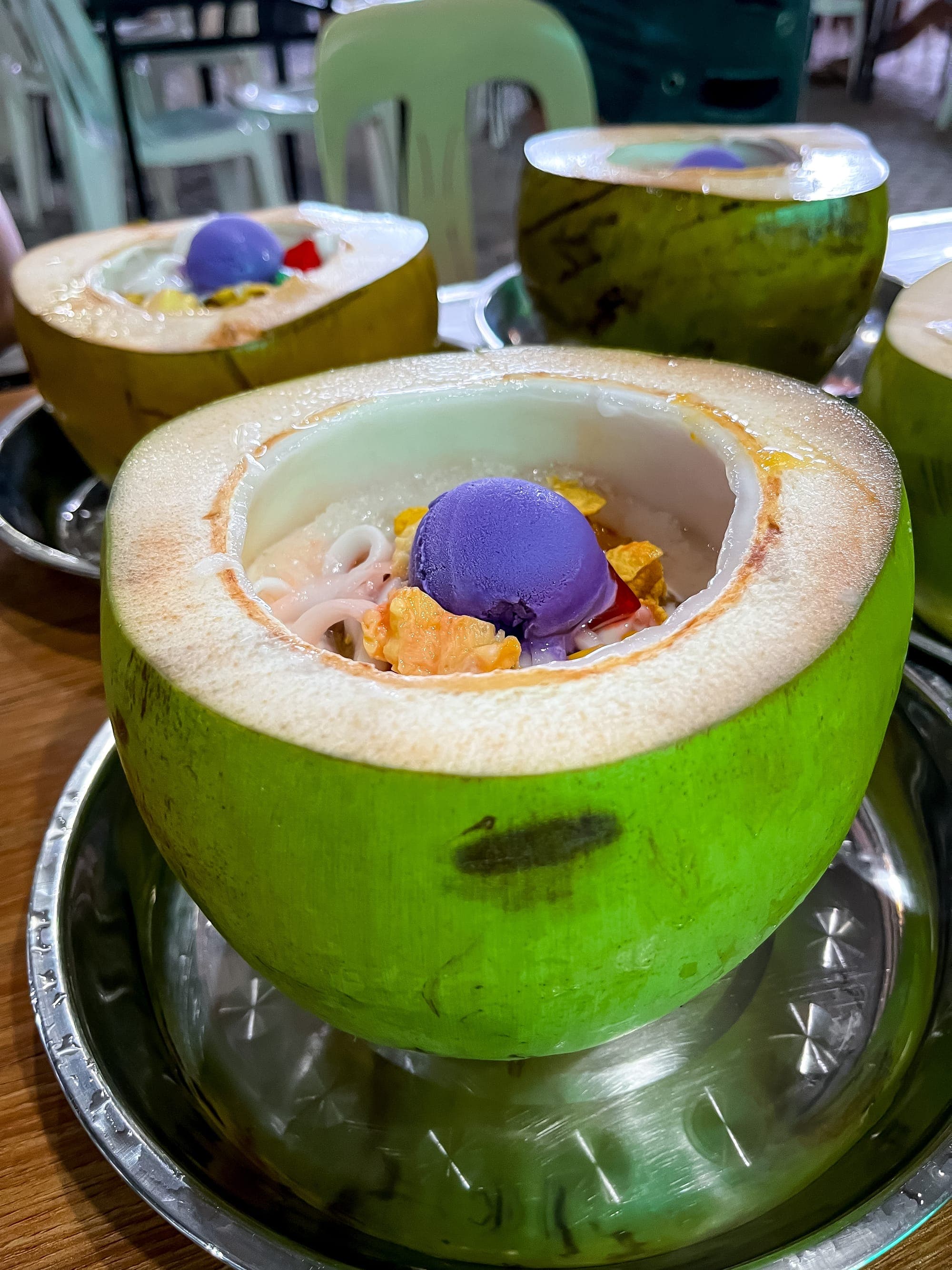
Halo-Halo: Tagalog word meaning ‘mix mix’ this desert is exactly that. The dish has various combinations that ‘mix’ different sweet dishes together like various fruits and dessert beans over the top of shaved ice mixed with sweetened milk. Often the dish is topped with sweets like ube halaya, ube ice cream and leche flan.
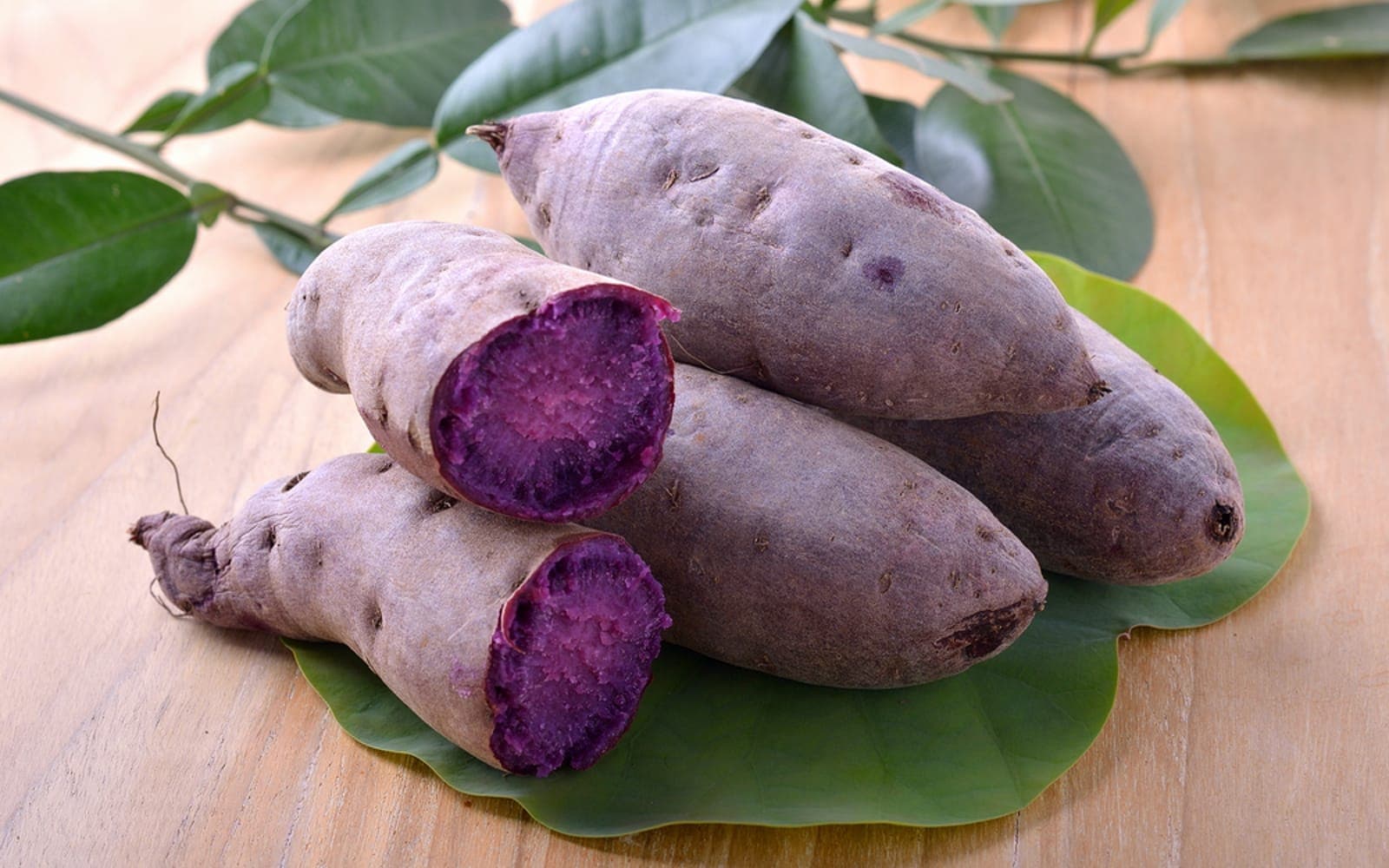
Ube + Ube Halaya: Ube is the world renowned ‘purple yam’ of Filipino origin. Different from purple sweet potatoes and yams found in other asian countries, the ube yam has a sweet, nutty taste to it that is unique. Ube Halaya is a jam made from ube that can be used as dessert toppings, bread filling, mixed into bread or cake batter, etc. The unique taste alone makes this dish amazing, but the rich purple color makes ube based dishes highly aesthetic.
These are just a few highlights, and don’t include all the dishes you might find in a common Filipino household. Exploring the Philippines itself is an adventure in flavor. Every dish is a testament to the region’s diverse influences and culinary creativity.
I’ll dive deeper into specific dishes in future posts, but for now, I hope you’re inspired to try Filipino cuisine!









